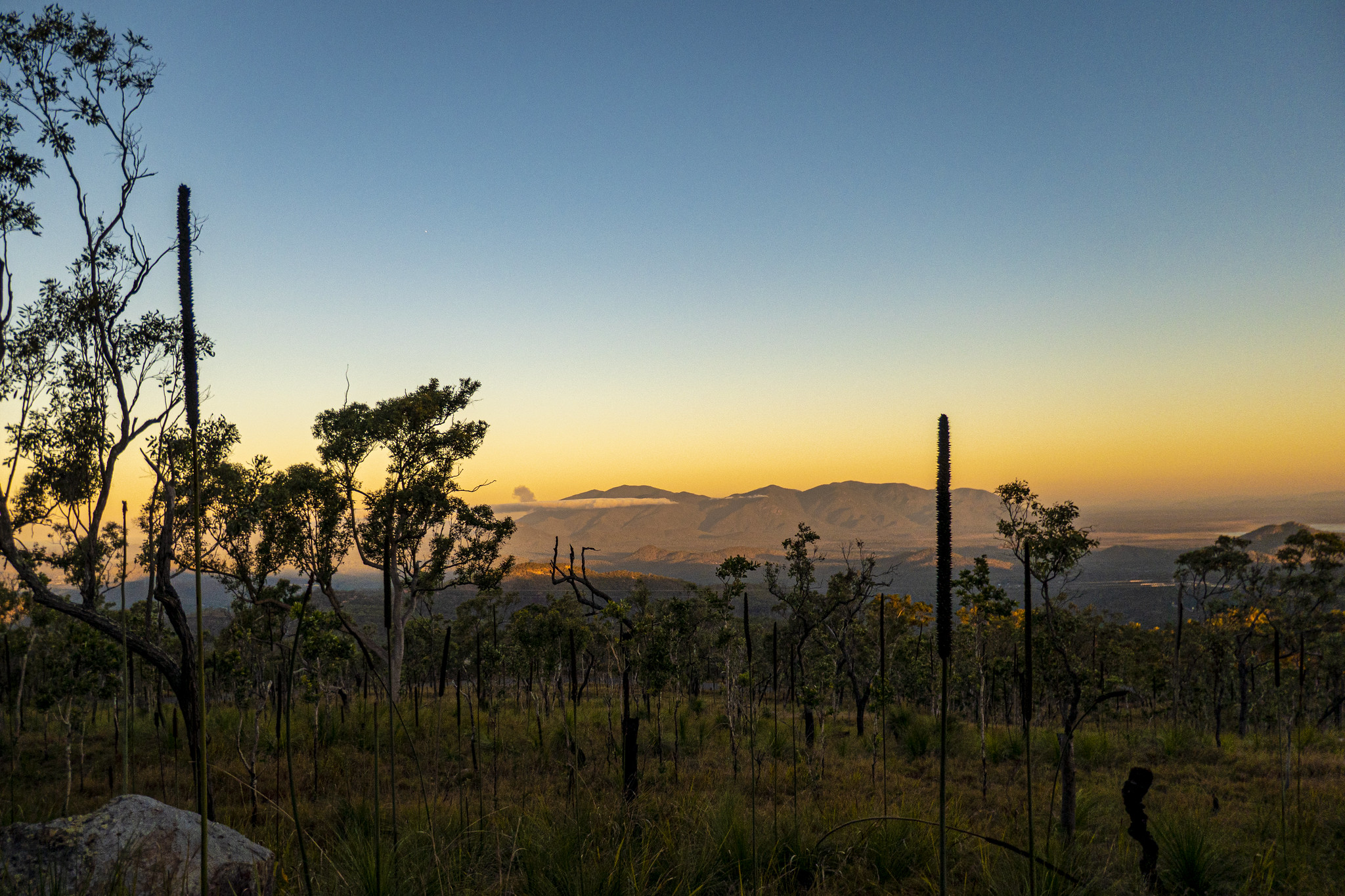Townsville has long been a place of great research and study.

Today Townsville’s James Cook University is one of the world leaders of tropical studies. It is Myth that the Ross River virus started in Townsville;
The first outbreak of Ross River Fever was in 1928 in the Hay and Narrandera region in New South Wales, Australia. The virus was first isolated in 1959 from a mosquito trapped along the Ross River in Townsville, Queensland. Since then, outbreaks have occurred in all Australian states, including Tasmania, and metropolitan areas. The largest outbreak occurred in 1979–1980 in the Western Pacific and affected more than 60,000 people. Most notifications are from Queensland, tropical Western Australia and the Northern Territory. Geographical risk factors include areas of higher rainfall and higher maximal tides. Other common areas for contracting the virus outside of the tropics are the townships along with the River Murray that divides NSW and Victoria. Backwaters and Lagoons are breeding grounds for mosquitos. The virus is not contagious and is spread only by mosquitoes. The main reservoir hosts are kangaroos and wallabies, although horses, possums and possibly birds and flying foxes play a role. Over 30 species have been implicated as possible vectors. Symptoms of the disease may vary widely in severity, but major indicators are arthralgia, arthritis, fever, and rash. A blood test is the only way to confirm a case of Ross River Fever. There is currently no vaccine available.



